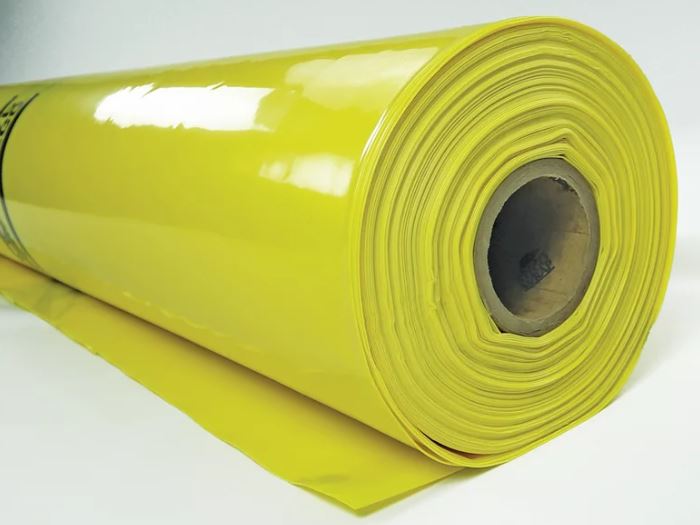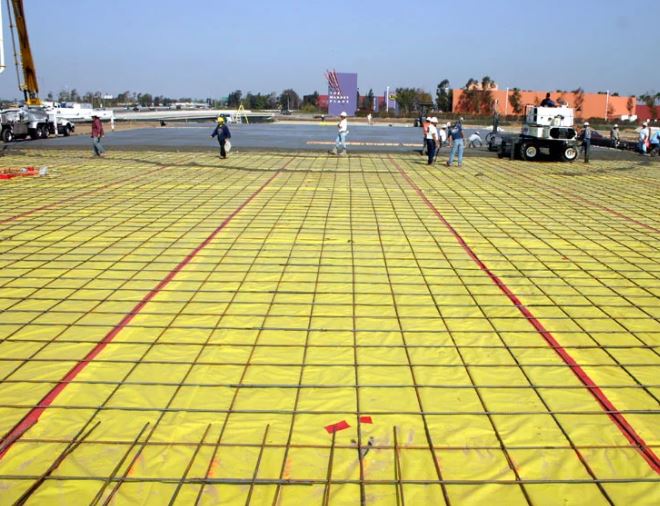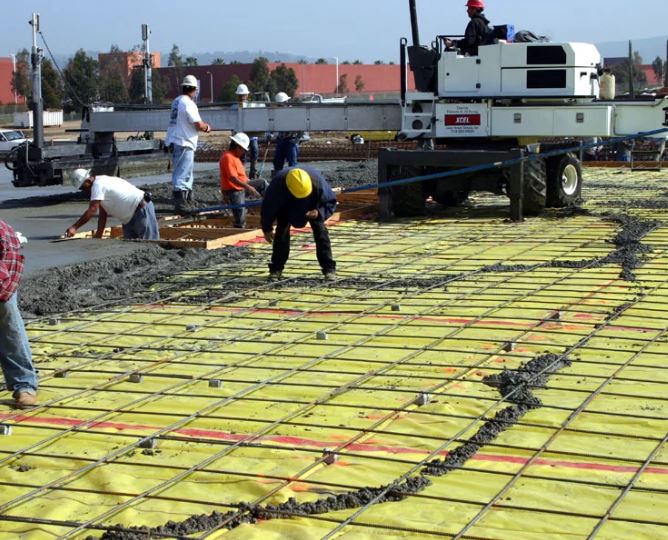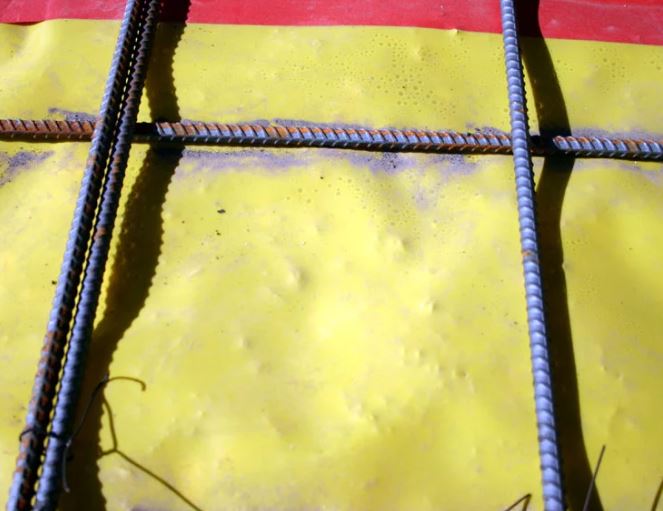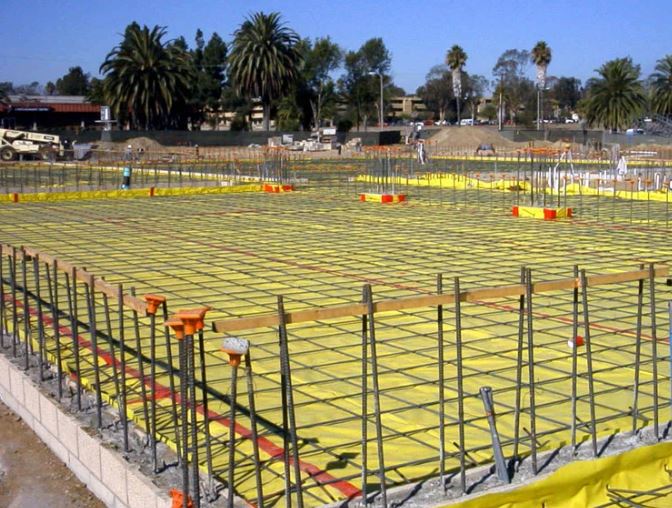Stego Wrap 15 Mil - 14' x 140'
FREE SHIPPING
COMPOSITION: Stego Wrap Vapor Barrier is a multi-layer plastic extrusion manufactured with only high grade prime, virgin, polyolefin resins.
ENVIRONMENTAL FACTORS: Stego Wrap Vapor Barrier can be used in systems for the control of soil gases (radon, methane), soil poisons (oil by-products) and sulfates.

